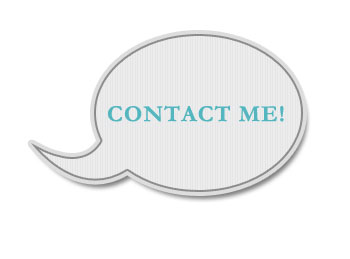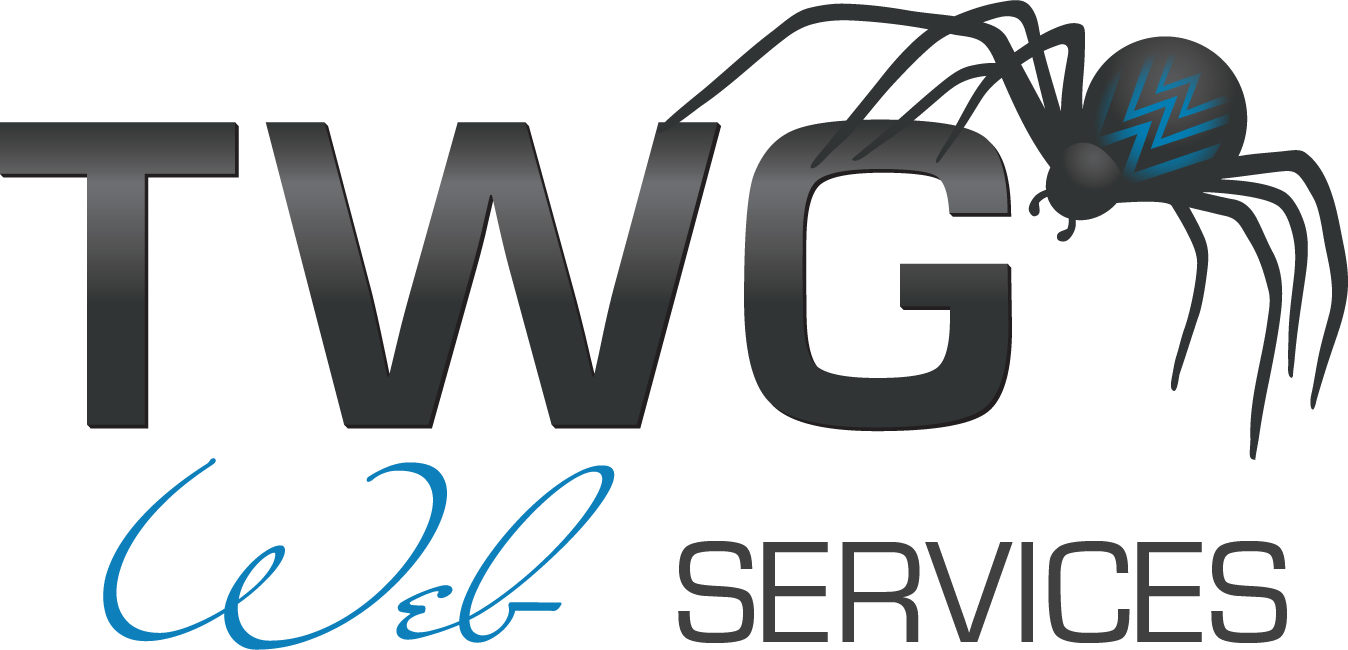
Your contact page is one of the most valuable opportunities to connect with your visitors and motivate them to get in touch with you. It is an essential element to most websites and it is the best way to display your contact information to give your visitors a way to get in touch with you. But simply putting your address and phone number may not be enough.
There are many different ways to beef up your contact page so that you give your visitors more information and encourage them to contact you. Typically, a contact page includes the address, phone number, email address, and any other main contact information for the business. In addition, you can include a contact form and map to your location. These are all great things to have, but there are things you can add to make your contact page stand out from the rest.
Consider adding contact information for different departments so that visitors have specific contact information if they know what they want to ask. You can also include your social media and blog links so that visitors can find you elsewhere on the web. You can offer a specific phone number for immediate or emergency requests, or encourage them to sign up for email updates from your company. This can all be done with additional text, buttons, or calls to action on your contact page.
Now let’s talk about the contact form. It is a great resource to include on your contact page so visitors have an easy and immediate way to get in touch with you. But did you know you can collect much more information with your contact form? Generally, contact forms collect names, addresses, other basic contact information, and the visitor’s question or comment. You can take this one step further and ask them if they would like to receive further updates from your company, give them an opportunity to enter a testimonial, or specific information about your products and services.
Essentially, one of the main goals of a website is to get visitors to contact you or act on a certain item. Your contact page is an integral part of your website and you should use it to its full potential in order to motivate your website visitors to get in touch with you while displaying and collecting information.
